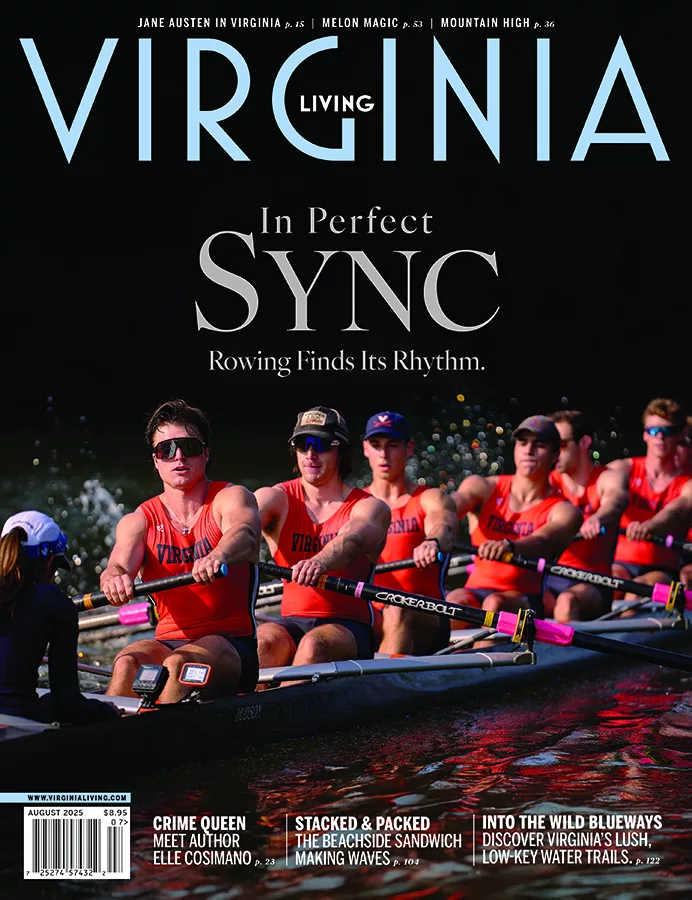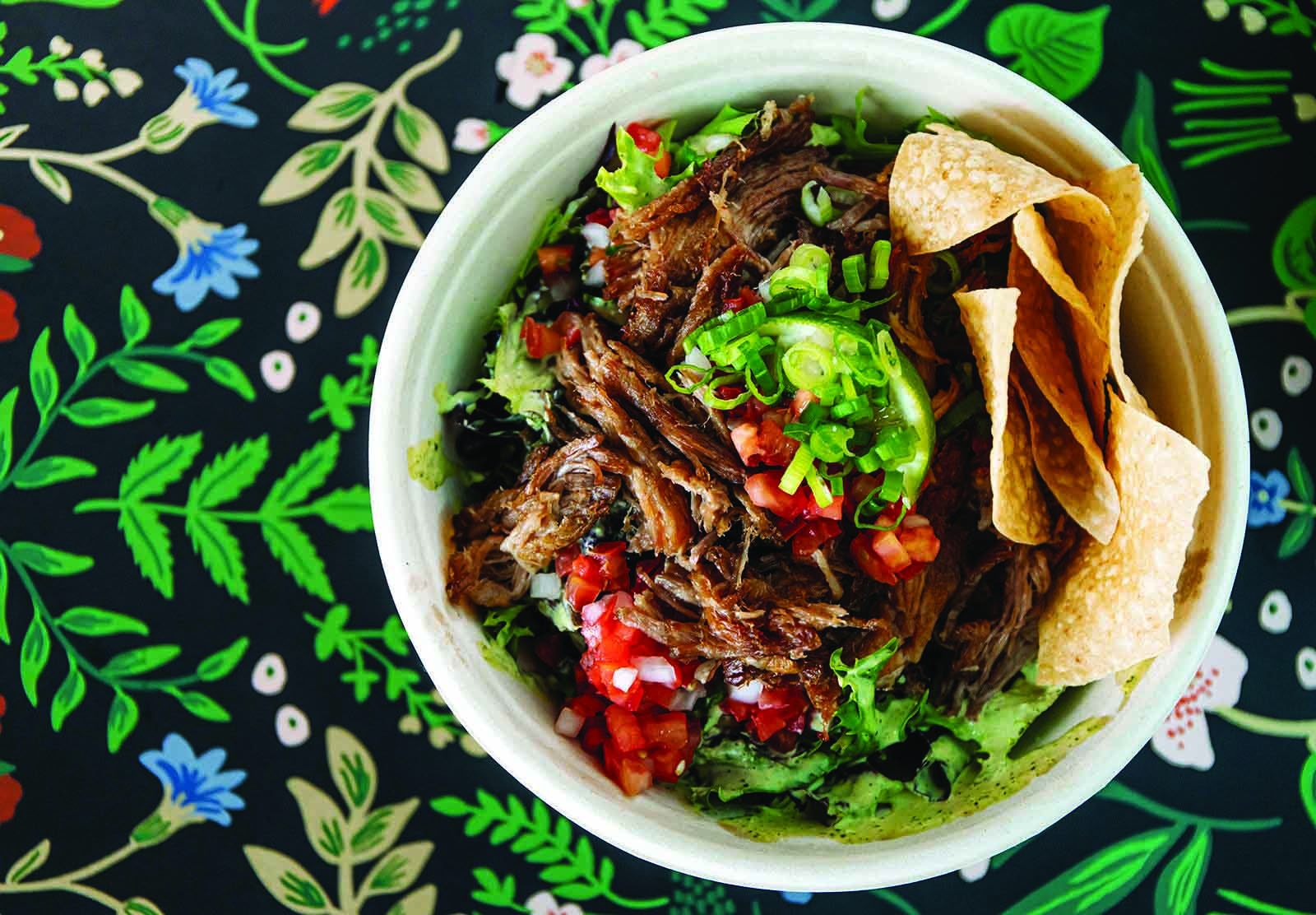Terminology to keep in mind on your next trip to the butcher.

20151013_Keith Lebor @ Olde Towne Butcher
Keith Lebor is the new owner of Olde Town Butcher located in downtown Fredericksburg, Va. (October 13, 2015) (Photo by Robert A. Martin)
U.S.D.A.-graded meat sold at the retail level is one of three grades: Prime, Choice, or Select, with Prime being the top grade. For specific cuts, consider these distinctions:
Porterhouse vs. T-bone: The porterhouse is a bone-in loin chop with a large piece of tenderloin; the t-bone by contrast has a small amount of tenderloin.
Pork Loin vs. Tenderloin: “The loin and the tenderloin are distinctly different muscles located in different parts of the animal. They are not the same thing!” says Tanya Cauthen of Belmont Butchery in Richmond. “Pork tenderloins are about 1-1.5 pounds each; the loin runs the length of the pig and can weigh up to 9 pounds.”
Prime Rib vs. Standing Rib Roast: A prime rib is a standing rib roast of USDA Prime quality. “Prime rib has become a generic term for a standing rib roast, like saying Xerox, when you mean copying,” says Cauthen. Keith Lebor, of Olde Towne Butcher in Fredericksburg, agrees. “Prime rib is not a cut of beef,” he says. “Simply order a ‘standing rib’ or a ‘bone-in rib roast.’ If you want a prime-grade standing rib, let the butcher know.”
Pot Roast: A “pot roast” is any roast you put in a pot. “Customers should look at their options and choose something that looks fatty like a chuck or a shank,” suggests Lebor. “A lean cut, like a top round, will end up dry.”
Local: Always ask your butcher where the meat came from. “The 2008 Food, Conservation, and Energy Act, enacted by Congress, allows for products from as far as 400 miles to be called local,” advises Lebor.









